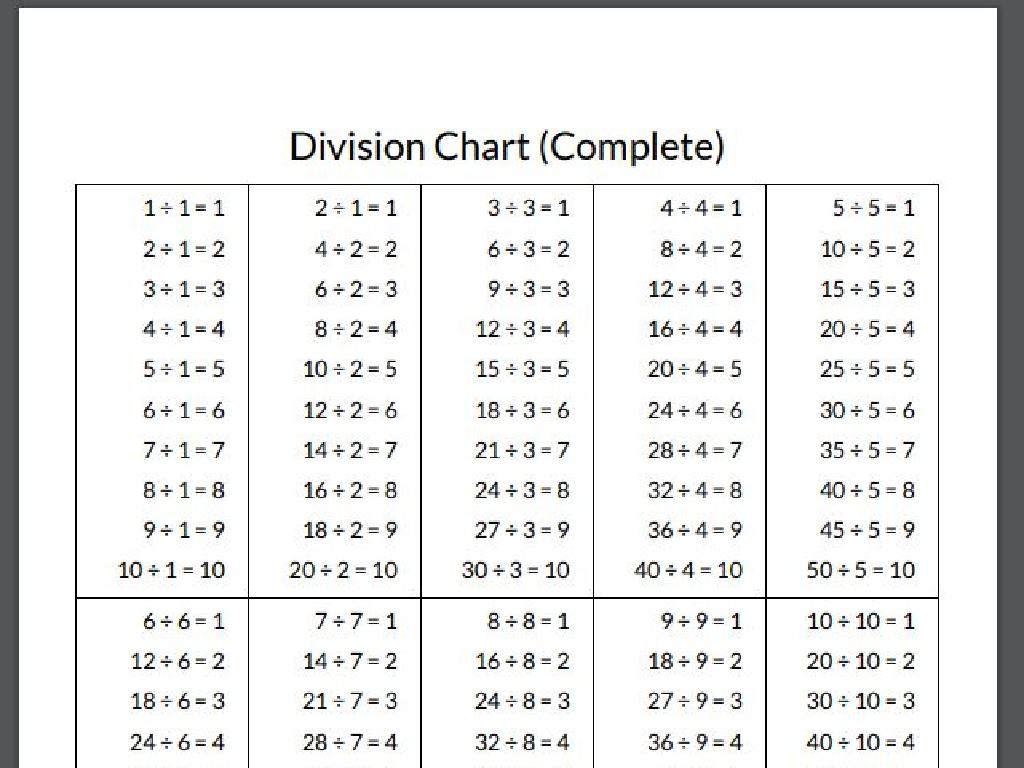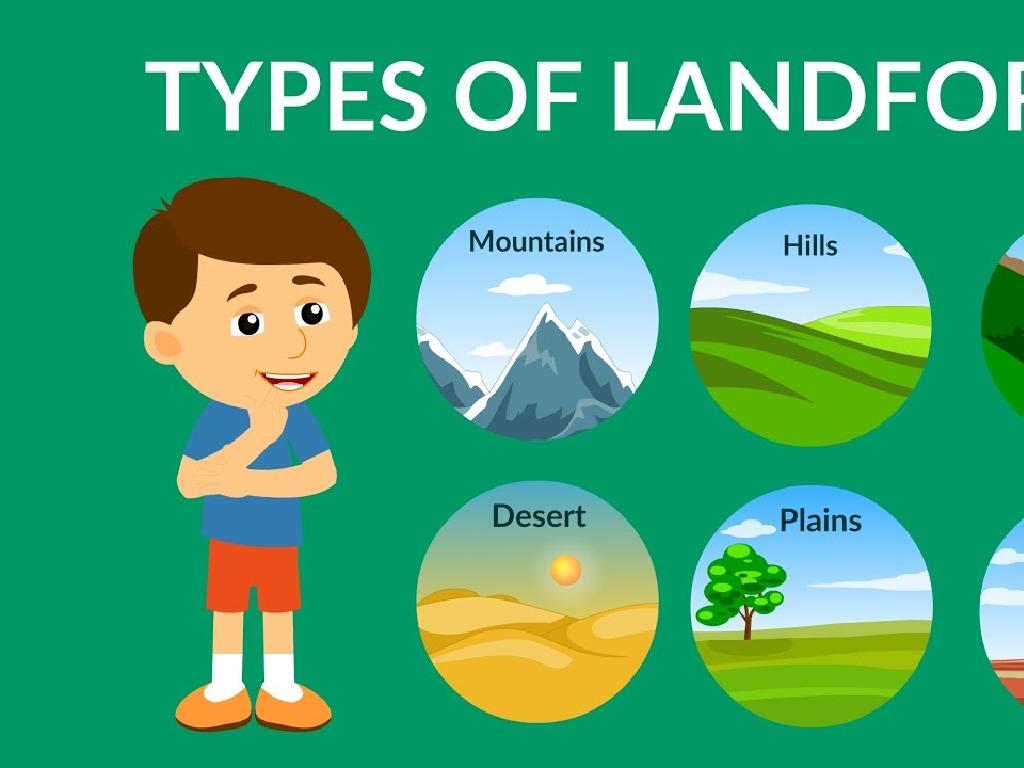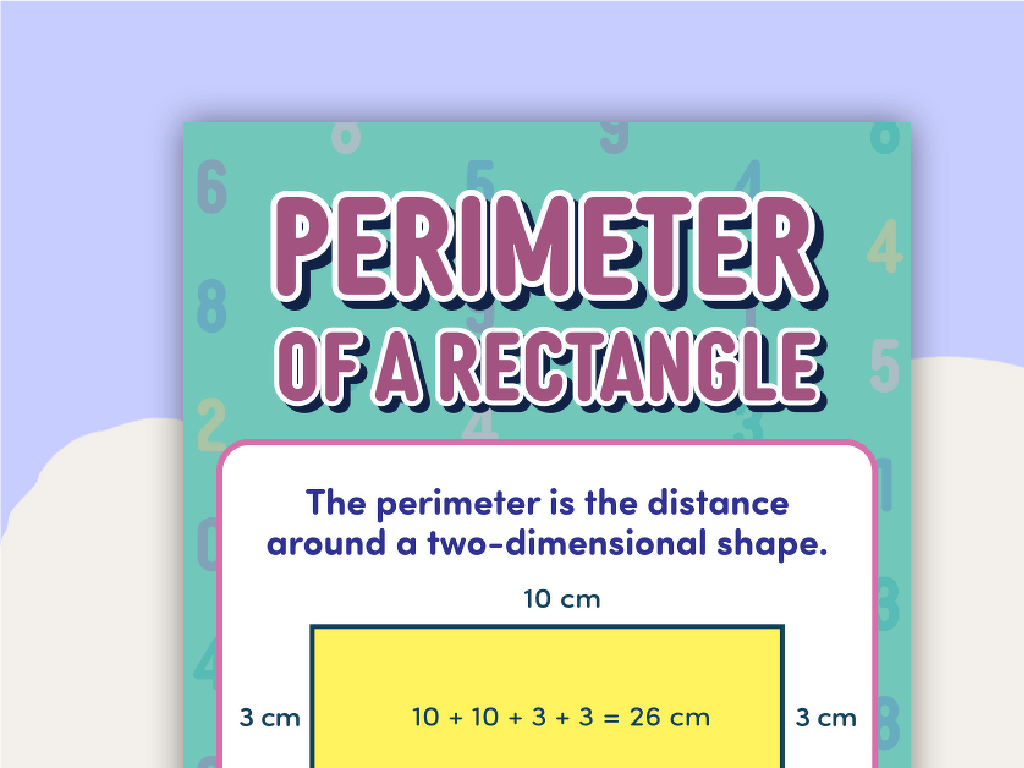Seed Disperser: Common Ostrich
Subject: Science
Grade: Second grade
Topic: Animals
Please LOG IN to download the presentation. Access is available to registered users only.
View More Content
Seed Dispersers and the Common Ostrich
– What are seed dispersers?
– Animals that spread seeds over distances
– Importance of seed dispersal
– Helps plants grow in new places
– The ostrich as a seed disperser
– Ostriches eat fruits and spread seeds
– How ostriches help plants
|
This slide introduces the concept of seed dispersal and the role of the common ostrich in this process. Seed dispersers are animals that help in spreading plant seeds, which is crucial for the reproduction and spread of plants. By discussing the importance of seed dispersal, students will understand how it helps plants grow in new areas and maintain biodiversity. The common ostrich is highlighted as a unique seed disperser because it eats fruits and travels long distances, thus spreading the seeds through its droppings. Emphasize the symbiotic relationship between plants and seed dispersers like the ostrich. Encourage students to think of other animals that might help in seed dispersal and how this benefits our environment.
Exploring the Common Ostrich
– The largest bird: Common Ostrich
– Ostriches are big birds that can’t fly, but run very fast.
– Ostriches’ natural habitats
– They live in places like Africa, on savannas and in deserts.
– Describing an ostrich’s appearance
– They have long necks, legs, and can be as tall as adults.
– Understanding ostrich characteristics
|
This slide introduces the common ostrich to second-grade students, emphasizing its status as the largest bird in the world. Highlight the ostrich’s unique adaptations, such as its inability to fly and its remarkable speed when running. Discuss the ostrich’s habitat, focusing on the savannas and deserts of Africa, to give students a sense of where these birds live. Describe the physical characteristics of ostriches, including their long necks and legs, and compare their height to that of the students’ to make it more relatable. The goal is to provide a comprehensive overview that sparks the students’ interest in the common ostrich and its role in the ecosystem as a seed disperser.
How Ostriches Help Plants Grow
– Ostriches eat lots of fruits and seeds
– Just like we enjoy snacks, ostriches munch on fruits and seeds!
– They travel long distances across land
– Imagine walking from your home to the park; that’s how far ostriches can go!
– Seeds are dropped far from the parent plant
– When ostriches poop, seeds come out and land in new places!
– New plants grow where seeds are dropped
– New plants start growing, making more food for animals and clean air for us!
|
This slide aims to explain the role of ostriches in seed dispersal to second-grade students. Begin by discussing how ostriches, like many animals, eat fruits and seeds. Emphasize that as they travel, they carry these seeds over long distances. When the seeds are eventually dropped through the ostrich’s droppings, they are far from where they were eaten, which reduces competition for resources and allows new plants to grow in different areas. This process helps maintain healthy plant populations and ecosystems. Encourage the students to think of the ostrich as a ‘gardener’ who plants seeds without even knowing it. Use a globe or map to show the distances an ostrich might travel, and consider bringing in fruit to demonstrate how seeds are inside and can be moved from place to place.
The Journey of a Seed with the Common Ostrich
– Ostriches start the seed’s journey
– When ostriches eat fruit, seeds start a trip.
– Seeds travel inside the ostrich
– Seeds stay safe inside while the ostrich walks.
– Seeds are left in new places
– Ostriches drop seeds far away from the parent plant.
– New plants grow from seeds
– With sunlight and rain, dropped seeds sprout into plants.
|
This slide introduces students to the concept of seed dispersal by the common ostrich. Explain how the journey of a seed begins when an ostrich eats fruit, and the seeds are then carried inside the ostrich as it moves around. Emphasize that this is a natural way seeds travel to new locations, where they can grow into new plants. Discuss the importance of this process for the spread of plant species and the health of ecosystems. Encourage students to think about how animals, like the ostrich, play a role in the life cycle of plants and ask them to imagine the journey of a seed inside an animal.
The Role of Ostriches in Nature
– Ostriches help plants grow
– By spreading seeds, they help new plants to sprout in various places.
– They keep ecosystems healthy
– A balanced ecosystem relies on animals like ostriches to function well.
– Ostriches support biodiversity
– They contribute to the variety of life in their habitats.
– Why are these roles important?
|
This slide aims to educate second-grade students on the importance of ostriches in their natural habitats. Ostriches play a crucial role in seed dispersal, which allows plants to grow in new areas and contributes to the health of the ecosystem. They eat fruits and travel long distances, spreading seeds through their droppings. This process supports biodiversity, which is the variety of different types of life found on Earth. Biodiversity is essential for a resilient and functional ecosystem. Encourage students to think about how all animals, including humans, depend on each other and the environment. Discuss the concept of an ecosystem and how every creature has a role that helps maintain the balance of nature.
Fun Facts About Ostriches
– Ostriches are speedy runners
– They can run up to 45 mph!
– They lay the biggest land eggs
– Their eggs can weigh 3 lbs
– Ostriches can’t fly
– They excel in running
– They use their legs for running instead
|
This slide is designed to captivate the students’ interest with some amazing facts about ostriches. Emphasize how fast ostriches can run, comparing their speed to that of a car on a city street. Highlight the size of their eggs by comparing them to something familiar, like a basketball. Clarify that while ostriches can’t fly, they have other adaptations that make them excellent runners, such as strong legs. Encourage the students to think about why these traits might be helpful for the ostrich in its natural habitat. This will help them understand the concept of adaptation in animals.
Seed Dispersal Game: Be an Ostrich!
– Pretend to be ostriches in class
– ‘Eat’ seeds and walk around
– Use counters as seeds, walk to different areas
– ‘Disperse’ seeds in ‘environments’
– Drop seeds on colored paper ‘environments’
– Observe how ‘plants’ grow
– Chart growth over time with drawings
|
This interactive class activity is designed to teach students about the role of animals like ostriches in seed dispersal. Students will pretend to be ostriches, ‘eating’ and ‘dispersing’ seeds, represented by counters, around the classroom, which is divided into different ‘environments’ marked by colored paper. After dispersing the seeds, students will observe and chart the ‘growth’ of their ‘plants’ over time, using drawings to visualize the process. This activity will help students understand how animals contribute to the ecosystem by spreading plant seeds to various locations, where they can grow in different conditions. Teachers should prepare the classroom with designated areas and materials for the activity and guide the students through each step, ensuring that each child is engaged and learning.






